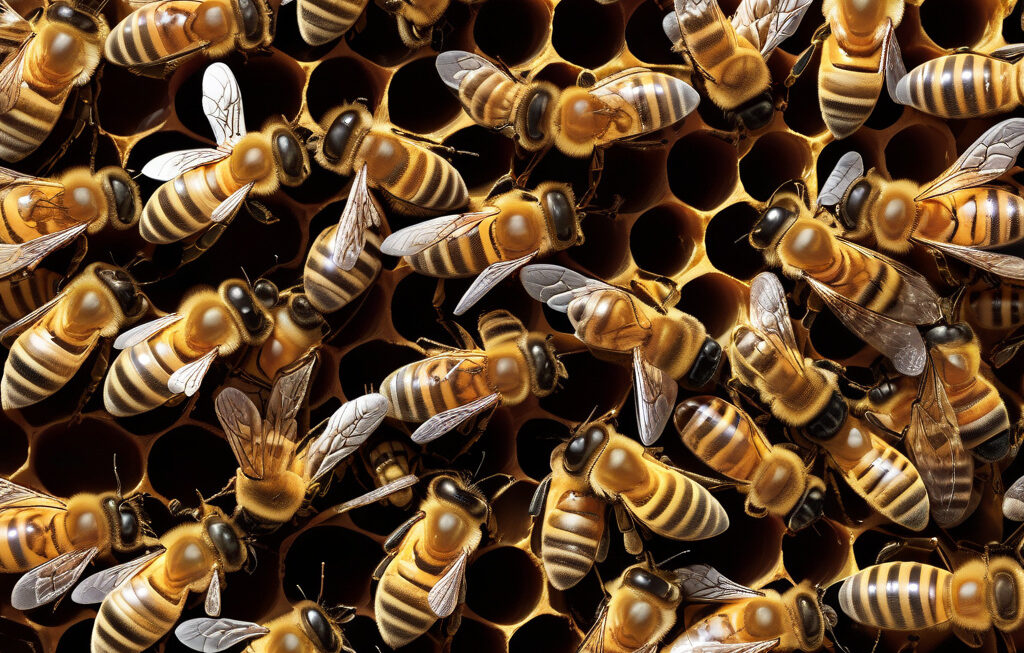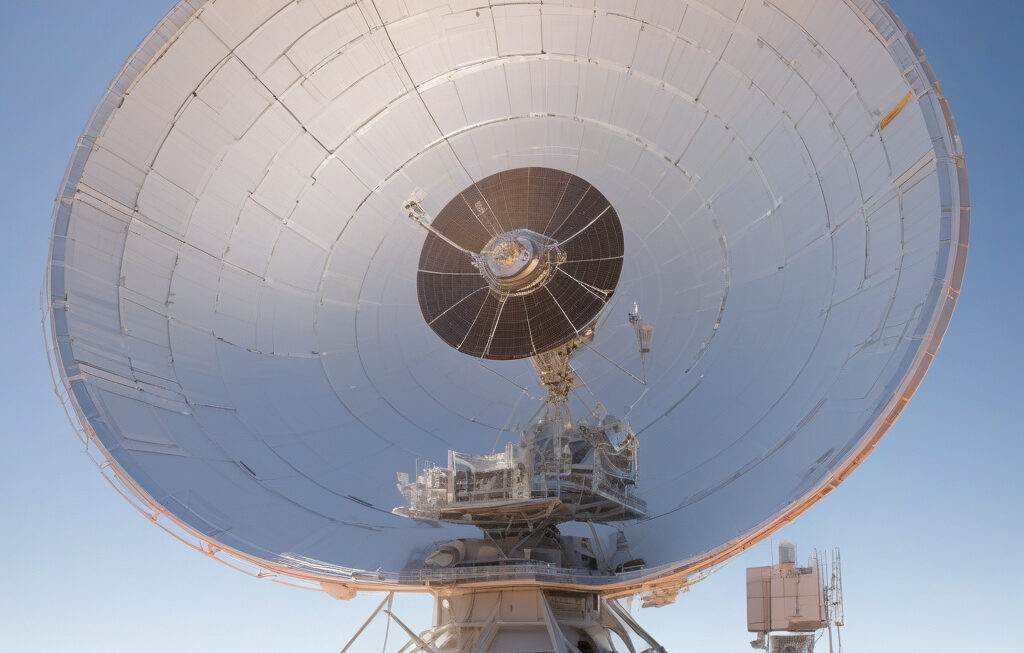A Recent Finding Unveils Gene Regulation’s Role in Evolution of Ancient Ocean Animals
A recent finding is changing what scientists thought they understood about the history of controlling gene regulation and its impact on the evolution of ancient ocean animals. Approximately 700 million years ago, a crucial spark in gene regulation set off a revolutionary chain of events that led to the diverse array of marine life we see today. This discovery sheds new light on the mechanisms that drive evolution and the intricate ways in which organisms adapt to their environments over millions of years.
The study, published in a prestigious scientific journal, provides compelling evidence that gene regulation played a pivotal role in shaping the trajectory of evolution among ancient ocean animals. By analyzing the genomes of these early marine creatures, researchers were able to identify key genetic switches that controlled the development of complex body structures and physiological functions. These regulatory elements acted as the architects of evolution, orchestrating the expression of genes that determined the unique characteristics of each species.
One of the most fascinating aspects of this research is how gene regulation facilitated the adaptation of ancient ocean animals to changing environmental conditions. As the Earth underwent significant transformations during the Precambrian period, marine life faced new challenges that required innovative solutions for survival. Through the intricate dance of gene regulation, organisms were able to evolve specialized features that enhanced their ability to thrive in diverse habitats, from deep-sea trenches to shallow coastal waters.
Moreover, the study highlights the remarkable resilience of ancient ocean animals in the face of environmental upheaval. By fine-tuning the expression of specific genes, these organisms could rapidly respond to external pressures such as fluctuations in temperature, ocean chemistry, and predator-prey dynamics. This flexibility in gene regulation allowed for the rapid evolution of novel traits that conferred a competitive advantage, driving the success of certain species while others faced extinction.
Furthermore, the implications of this research extend beyond the realm of evolutionary biology, offering valuable insights into the mechanisms of gene regulation that are conserved across different species, including humans. By unraveling the ancient origins of genetic control systems, scientists can gain a deeper understanding of how our own bodies develop and function at a molecular level. This knowledge has profound implications for fields such as medicine, where insights into gene regulation can lead to new therapeutic strategies for treating a wide range of diseases.
In conclusion, the discovery of gene regulation’s pivotal role in the evolution of ancient ocean animals provides a compelling narrative of adaptation, innovation, and survival in Earth’s primordial seas. By deciphering the genetic blueprints of these early marine organisms, scientists have unveiled a hidden world of regulatory complexity that shaped the course of evolution over hundreds of millions of years. This research underscores the power of gene regulation as a driving force behind the diversity of life on our planet and offers a glimpse into the intricate mechanisms that have sculpted the living world as we know it today.
evolution, gene regulation, ancient animals, marine life, adaptation










